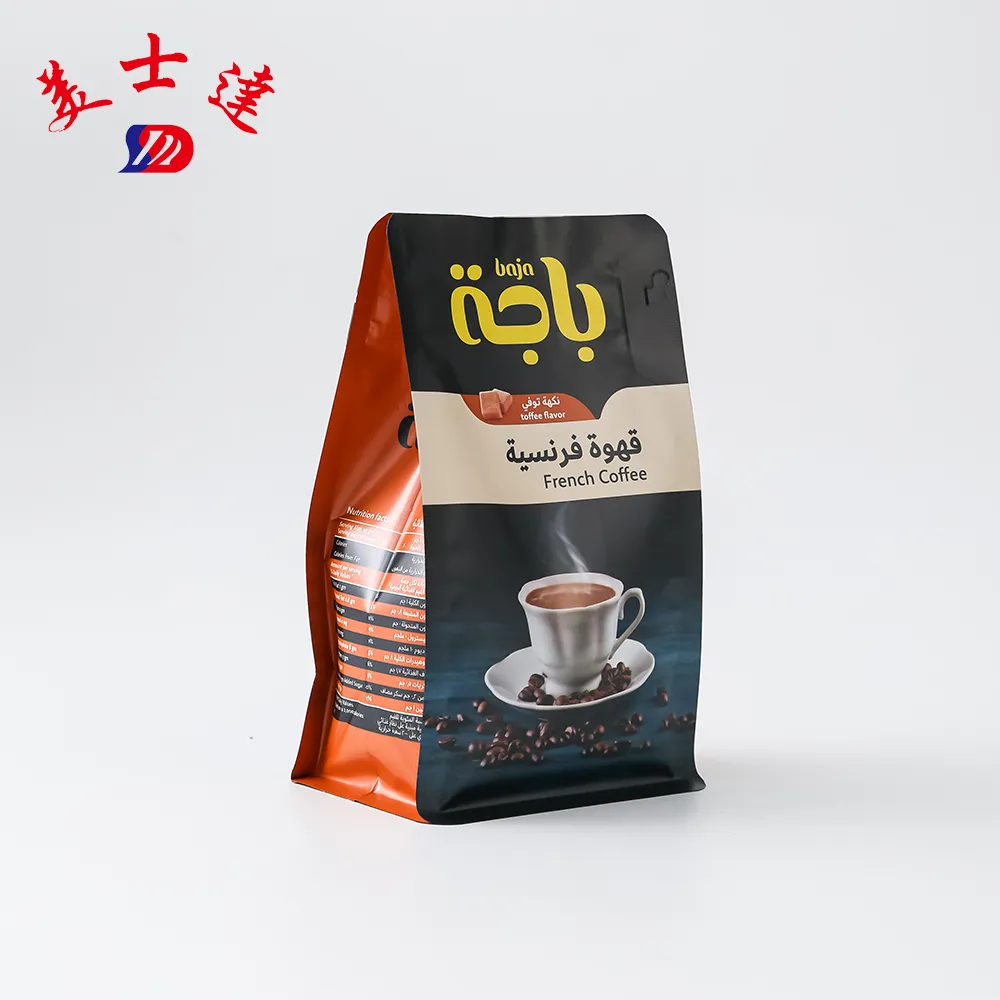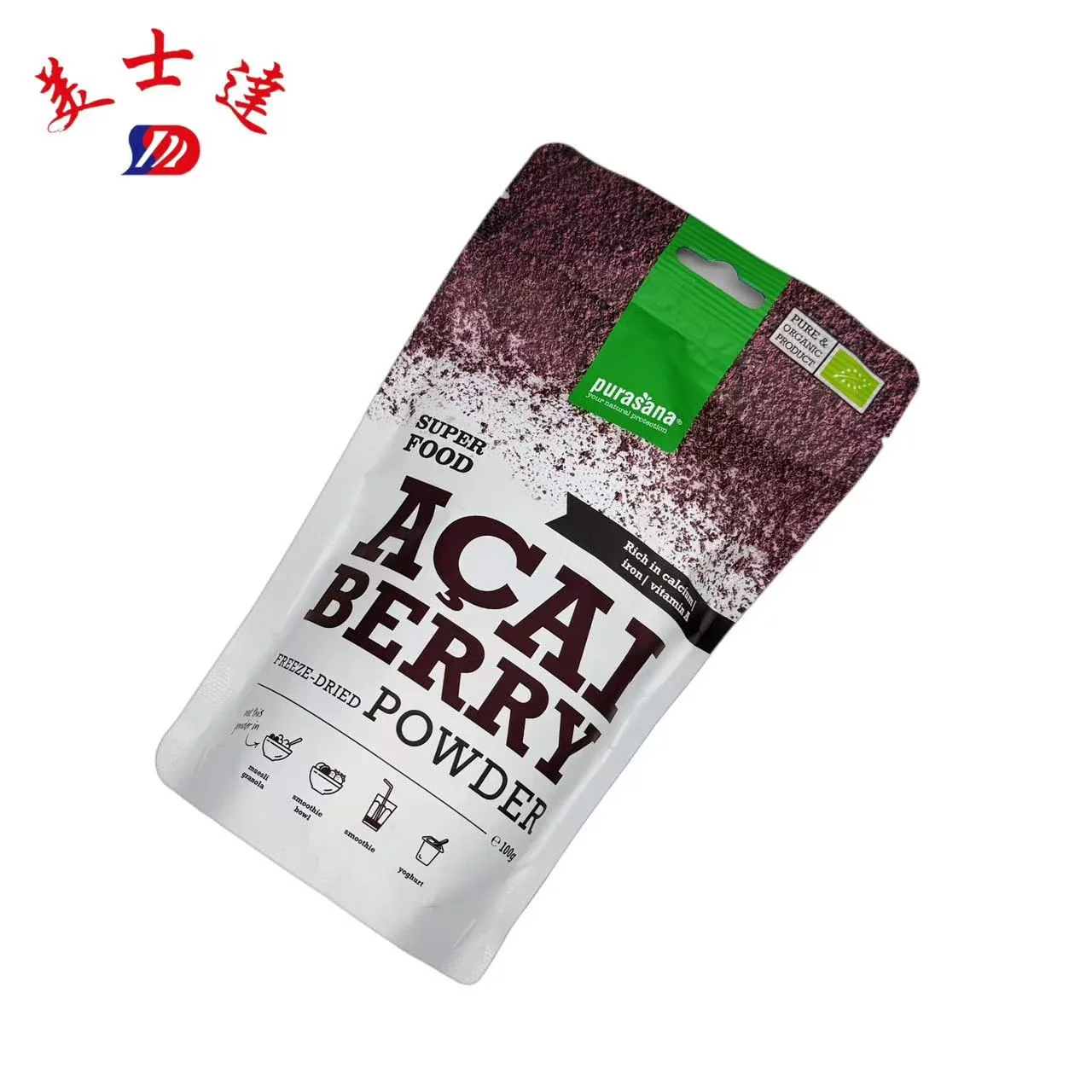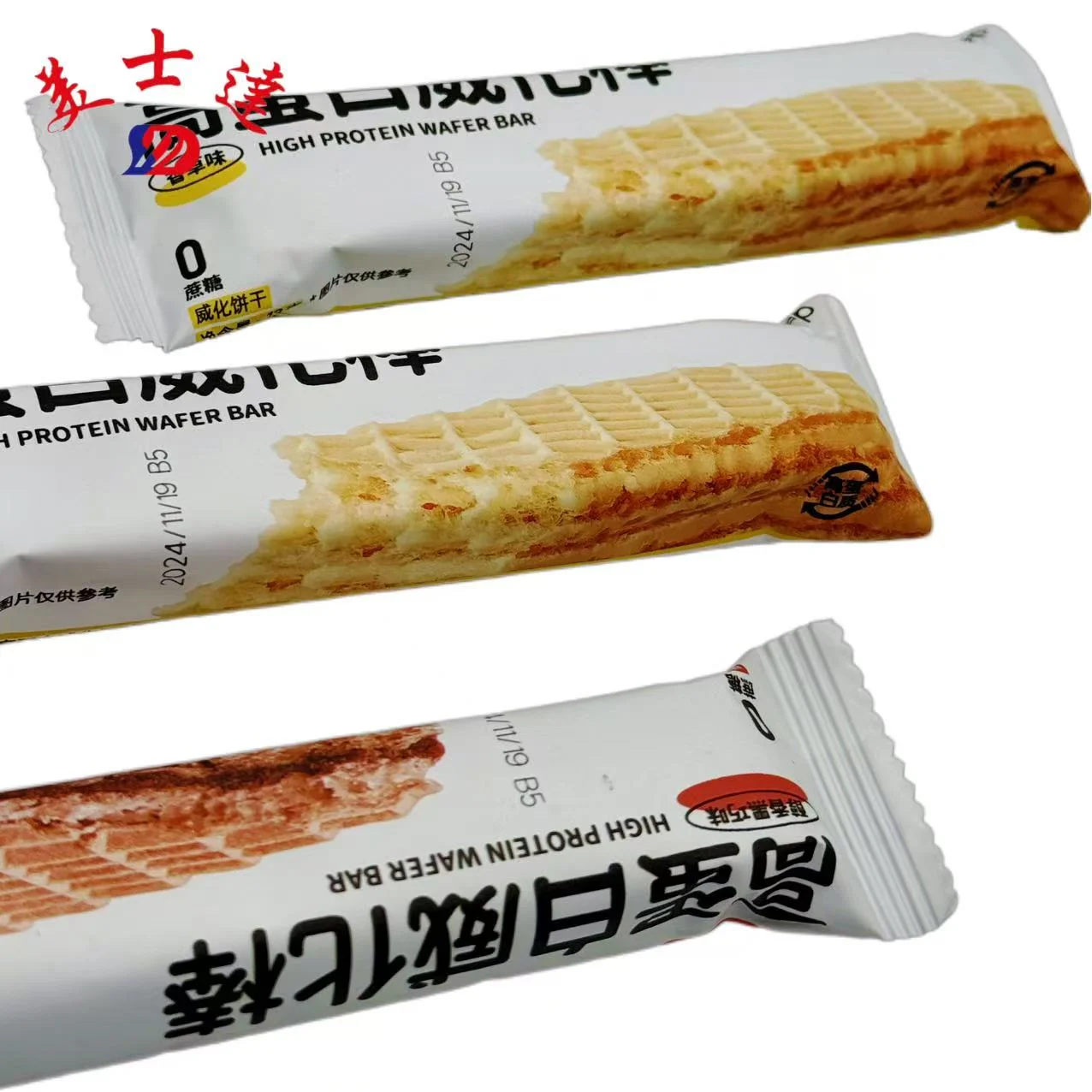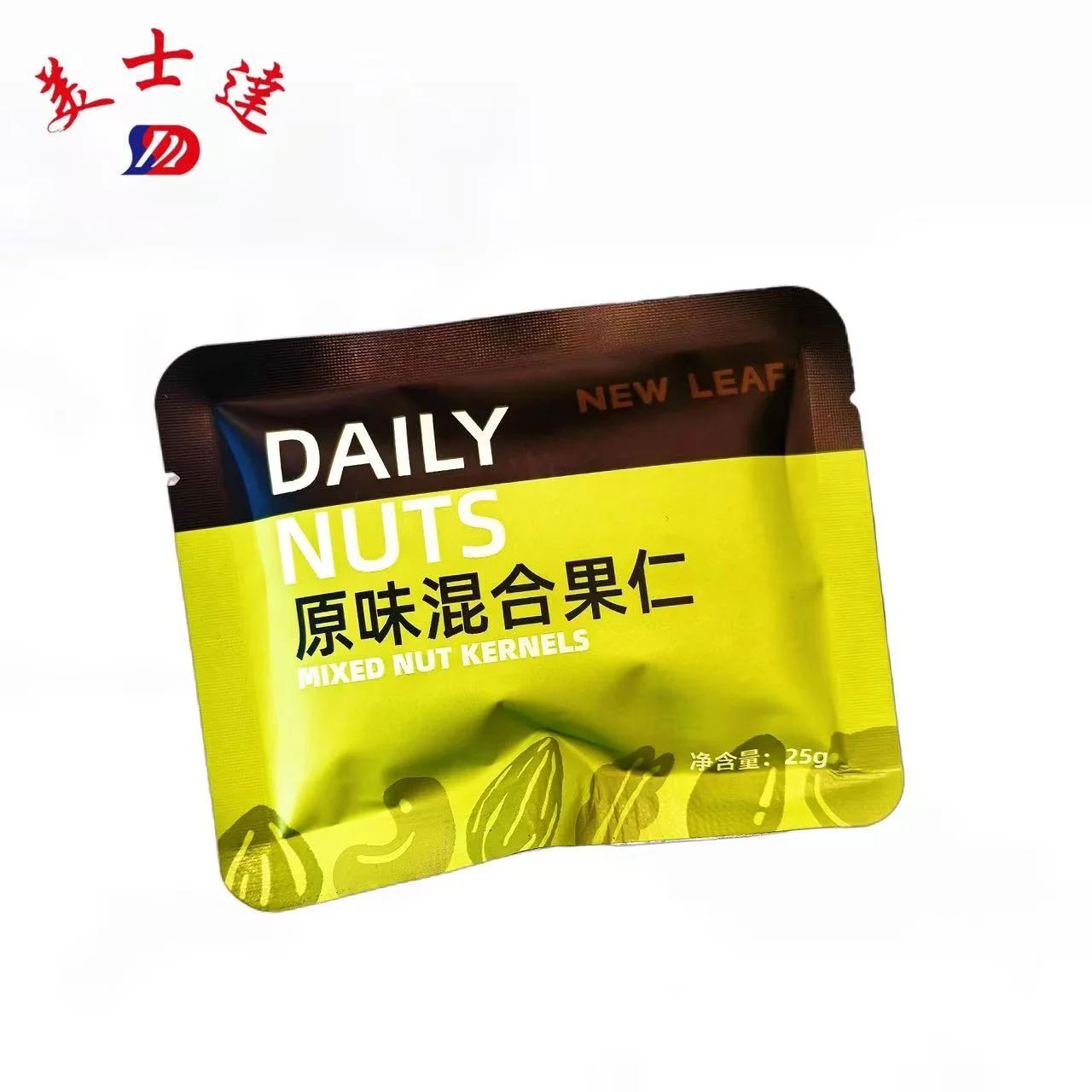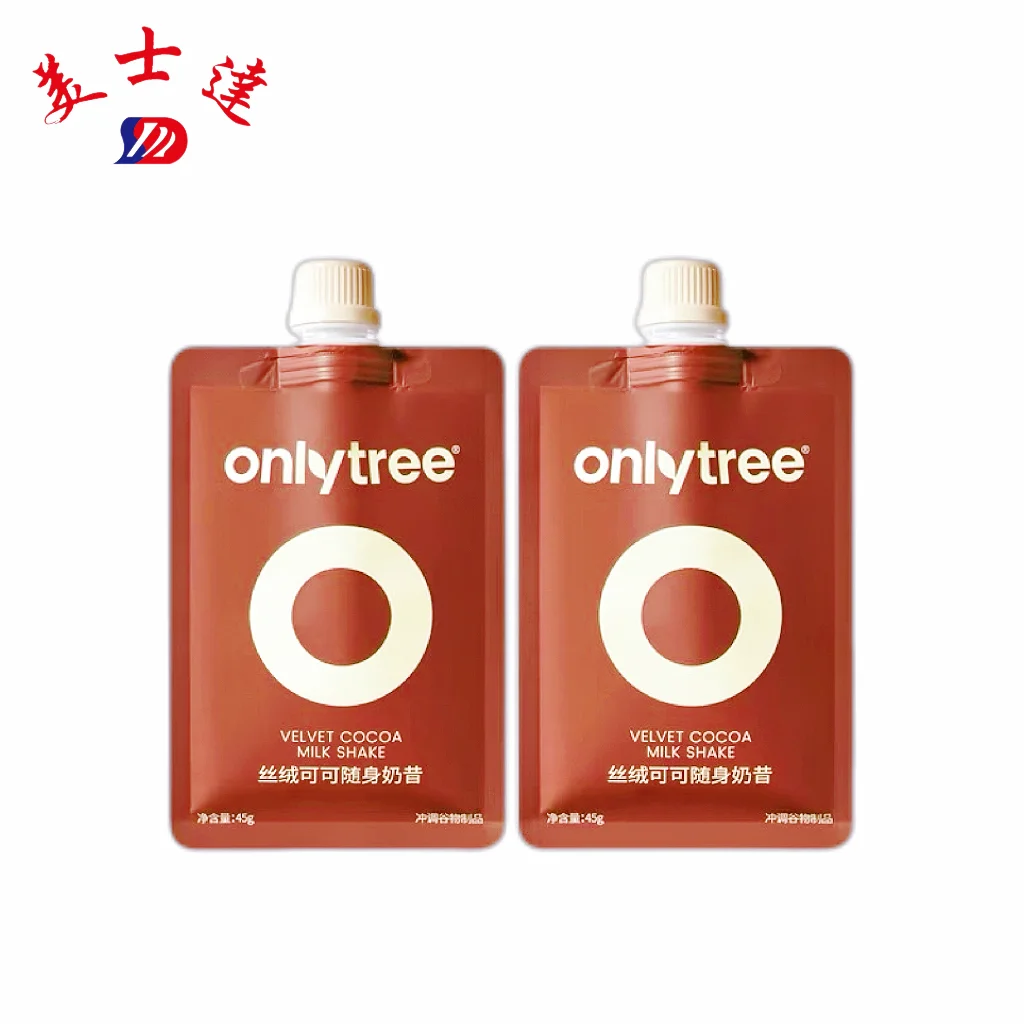For packaging buyers and product managers, the how of opening and resealing a coffee pouch matters as much as the roast profile. Correct opening preserves aroma, extends usable life, reduces waste, and improves repeat purchase rates.
In this guide, Meishida, a leading food packaging manufacturer, will explain how to open the most common coffee bag types, how consumers reliably reseal them, and what technical specs buyers should require from suppliers to deliver excellent resealable coffee packaging that helps customers keep coffee fresh.
Common Coffee Bag Formats
Before we get into step-by-step technique, here are the coffee bag formats packaging teams see most often:
- Stand-up pouch with zipper (doy-style with press-seal or slider) — popular for retail grounds and beans.
- Valve bag (one-way degassing valve) — used for freshly roasted whole beans to vent CO₂.
- Valve + zipper combo — valve for degassing + zipper for resealability.
- Flat-bottom/box pouch (zipper or tin-tie) — used for bulk or subscription packs.
- Single-serve sachets / stickpacks — single-use, no reseal.
How to Open & Reseal: Step-by-step
Stand-up pouch with zipper (zipper-only)
This type of bag is usually a stand-up pouch with a self-sealing zipper at the top, which is very suitable for repeated opening in daily life.
Opening method
- Tear open the bag along the heat-sealed edge or at the marked “tear here” notch.
- Pull the top apart to expose the zipper; if there is a slider, lift and slide it to open.
- Scoop or pour out the needed amount, then press the zipper tracks together (or use the slider) to reseal and keep the beans fresh.
How to reseal: Squeeze a little air out, align the zipper tracks, press firmly from one end to the other, or run the slider back. A proper seal minimizes headspace and slows oxidation.
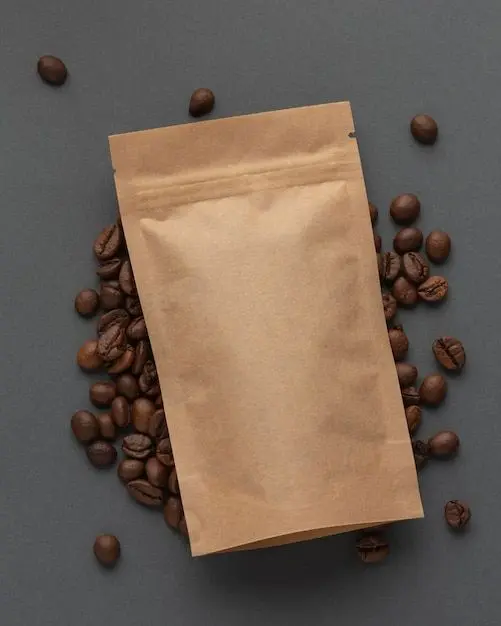
Valve Pocket Coffee Bag(One-way Exhaust Valve, Heat Sealed Only)
This bag usually uses heat sealing technology and incorporates a one-way exhaust valve for removing carbon dioxide from freshly roasted coffee beans, but not for the admission of oxygen.
Opening method
- Tear along the indicated gap or cut along the top seal strip over the valve – avoid pressing or poking the valve.
- On opening, you may notice a gentle hissing of released carbon dioxide; This is evidence that the coffee beans are fresh.
- Since valve pockets rarely have a zipper that can be resealed, kindly top-fold and secure with a high-quality clip, or transfer the contents to an enclosed pouch to maintain long-term freshness.
How to reseal: Valve-only bags usually aren’t resealable; fold the top and secure with a clip or transfer beans to an airtight canister.
Valve + Zipper Combo
This hybrid pouch combines a one-way degassing valve with a resealable zipper to give both freshness protection and repeat usability.
Opening method
- Tear at the heat-seal notch above the valve and zipper—avoid cutting into the valve area.
- Open the zipper (press-seal or slider) to access the beans; the valve will continue to vent CO₂ after the first few hours.
- Push out excess air, then align and press the zipper closed (or run the slider) to reseal.
How to reseal: Push out excess air, align the zipper, and press. The valve continues to vent residual CO₂ while the zipper limits oxygen entry.
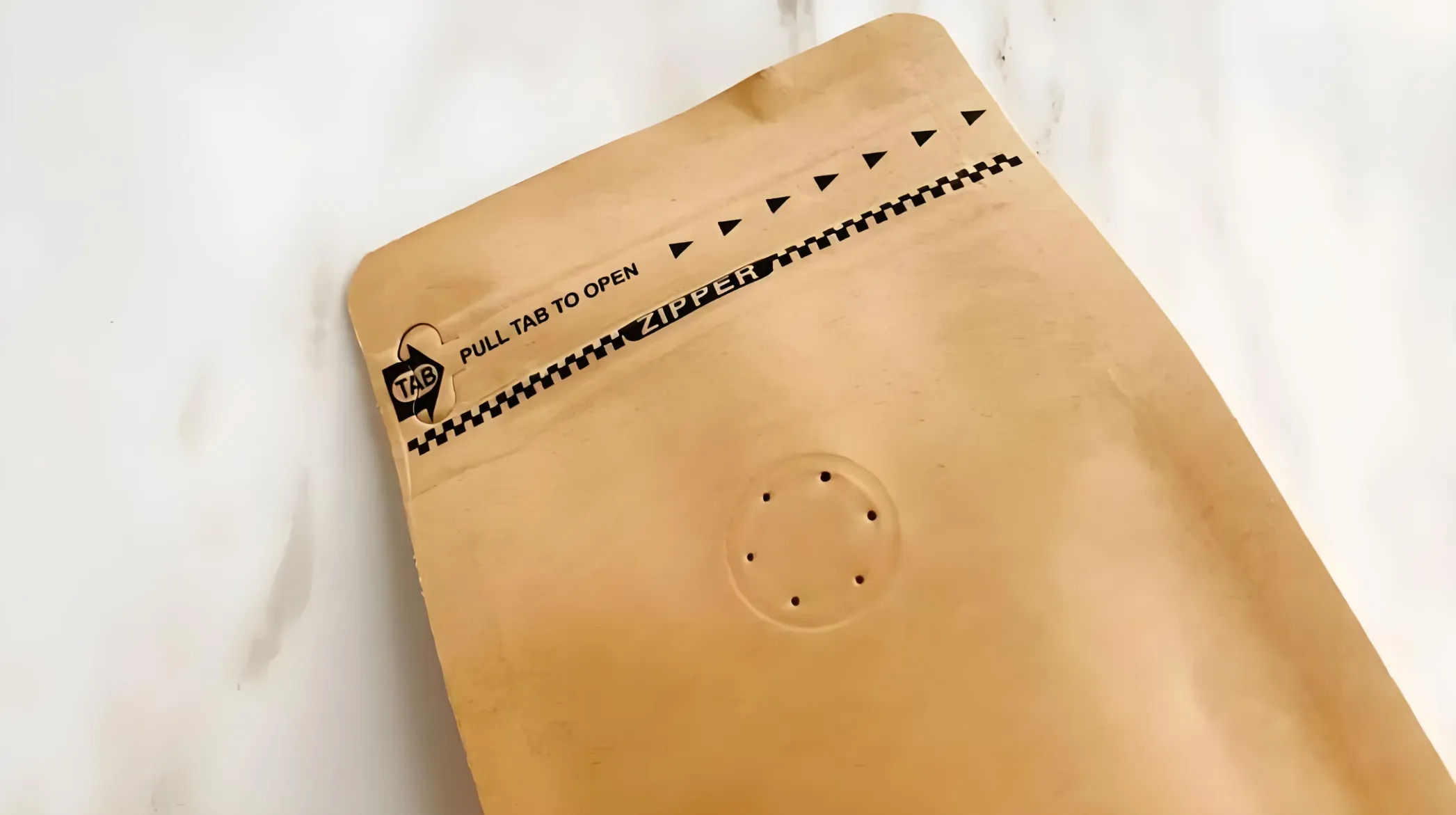
Flat-bottom/Box Pouch (zipper or tin-tie)
Flat-bottom bags are larger, box-style pouches often used for bulk, subscription packs, or e-commerce, and typically include a zipper or tin-tie for resealing.
Opening method
- Use the tear notch or cut the heat seal across the top, then open any tin-tie or unzip the zipper.
- For large packs, scoop or decant a daily portion into a small canister to minimize repeated air exposure.
- Close the zipper tightly or reapply the tin-tie and store upright to maintain freshness.
How to reseal: Use built-in zipper(s) or tin-tie; for large volumes, a resealable clip plus decanting strategy works best.
Universal Tips to Help Consumers Keep Coffee Fresh
- Always tear at the notch, never cut through the valve or zipper.
- Expel excess air before sealing; less headspace slows oxidation.
- Store in a cool, dark place; transfer to an opaque, airtight canister for long-term storage.
- Recommend whole-bean SKUs where possible — grinding increases oxidation.
- Add clear icons: “Tear Here”, “Reseal”, “Do Not Pierce Valve” for better UX.
What packaging buyers must specify to suppliers
- Tear notch placement and visibility — include exact dieline coordinates.
- Zipper specification — profile width, slider vs press-seal, open/close cycle rating.
- Valve performance — one-way flow rate, burst pressure, and placement tolerance from the top seal.
- Finished pouch MVTR/OTR lab results — finished pouch data, not only film.
- Usability testing evidence — time-to-open, single-handed reseal trials, elder-user tests.
- Filling-line compatibility — valve clearance, nozzle tolerances, conveyor orientation.
- Instruction artwork — icons and microcopy checked at real print size.
Including these points in an RFP reduces iteration cycles and ensures a packaging that supports the product promise.
عن ميشيدا

Meishida has built its reputation as a leading pharmaceutical packaging manufacturer, serving global clients with packaging that combines durability, functionality, and market-ready appeal. Our expertise covers a wide range of applications, with particular strength in custom coffee bag solutions that protect freshness while enhancing brand presentation.
Through advanced production processes and a focus on detail, we support businesses in achieving both distinctive design and reliable quality across every packaging project.
Conclusion
Designing great resealable coffee bag packaging is part engineering, part user experience. For most retail roasts, a coffee bag with a valve + zipper delivers the best balance of freshness and usability. As a packaging buyer, demand finished-pouch MVTR/OTR data, clear zipper and valve specs, and real-world opening/resealing tests before approval. Those steps will help your brand consistently keep coffee fresh, reduce returns, and increase consumer satisfaction.


